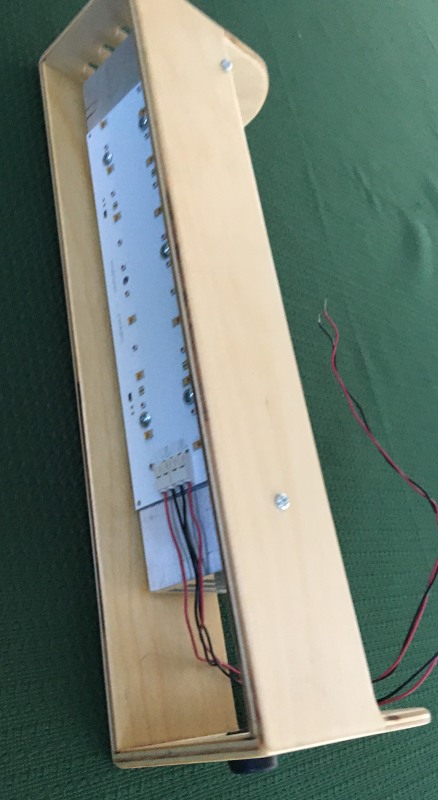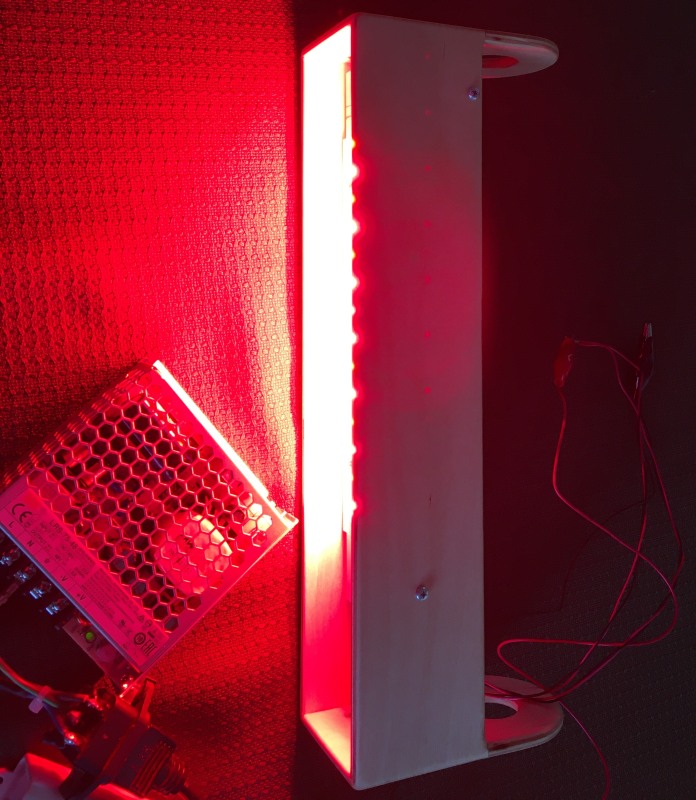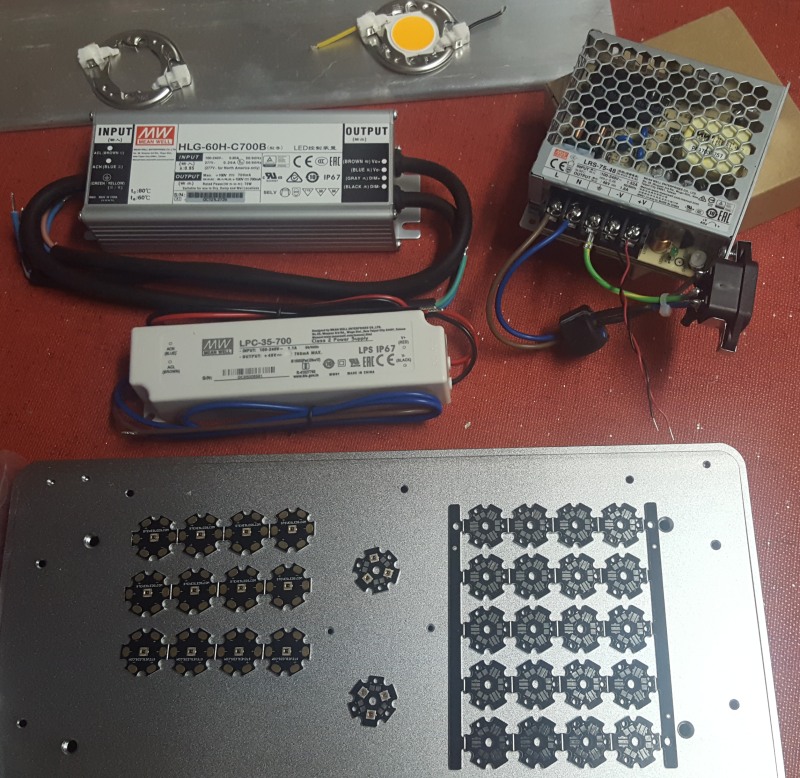Edgar Cayce - Red/Infrared Light: Energy for Restoration
Hi Friends,
Last summer I wrote about Cayce's instructions for light:
tl/dr (too long, didn't read): Cayce generally advised to get plenty of sunlight, but to not get sunburned. Last summer's email told of a reading where Cayce advised a 16 year old woman to not try to get tanned, because it would not be good for her on account of her complexion.
Exposure to ultra violet light allows our skin to generate vitamin-D (and to tan), but we can also get adequate amounts of vitamin-D from egg yolks, liver, whole milk, etc. Mushrooms that are exposed to ultraviolet light are the only natural vegan source of Vitamin-D. Other foods are fortified with Vitamin-D: low fat milk, some orange juices, etc.
The therapeutic properties of red light and near-infrared light are well understood by science. There is a copper enzyme in our mitochondria called Cytochrome C Oxidase. When red/infrared light hits the red metal (copper) in this enzyme, the whole enzyme is refreshed, which enables our mitochondria to generate ATP, the chemical fuel our cells use to do all their jobs.
Edgar Cayce used the technology of his era to help improve people's health. Some of the tools he had available are not available today. We also have tools that weren't available in 1945.
Would Cayce recommend red/infra-red light from LEDs? Cayce would probably tell you first to go out in the sunlight. But the sun goes away for the winter in many parts of the world. The infra-red heat lamp bulb of Cayce's era is very good for supplying supplemental red photons, but these also generate far-infrared rays. Does the green glass that Cayce recommended with the Infra-Red Ray (pg 23/24) block some of the far-infrared light from the heat bulbs used for infra-red light of the 1930's and '40's? I don't know.
Searching now for "Cayce infrared light", I find my post on Facebook about my prototype LED red-light array comes up first:
I have a new friend who's very kinesthetic (she's a good massage therapist). I showed her my prototype. She tried it out, liked it and said "I'd like one of these".
I contacted an LED manufacturer, who mounted 28 LEDs of the spectrums I specified on a board. This picture is from the not-quite-done period, as the final version used a different power supply:


It's okay, but the heat sink is too small to run the full 35 watts through it. I found another heat sink for version 3. I'm laying out the next version:

I can fit about 46 LEDs on this heat sink. Adding more LEDs will probably allow for more light with less heat.
(Too much technical information: Also in this picture are three different power supplies. The two on the left are combination power supplies/drivers: they vary their output voltage to provide a constant 700mA. Bottom-left is a 35 watt. Top-left is a 70-watt dimmable version. The one on the right is a plain 48-volt power supply that needs a separate driver.)
My intention is to put two of the LED boards from version 2 on this heat sink (64 LEDs total), but that's not in the budget right now. The prototype will have 40-46 LEDs on star boards, with a mix of red and infrared wavelengths: 615nm and 680nm (red, deep red), 730nm and 855nm (near infrared)
Would you like one of my prototypes? It'd be around $250. 48 LEDs, ~70 watts of power at the LEDs (maybe slightly more at the wall). Not going to take deposits until I get the prototype done. But if you could let me know if you're interested, I'd appreciate it.
-James Knochel